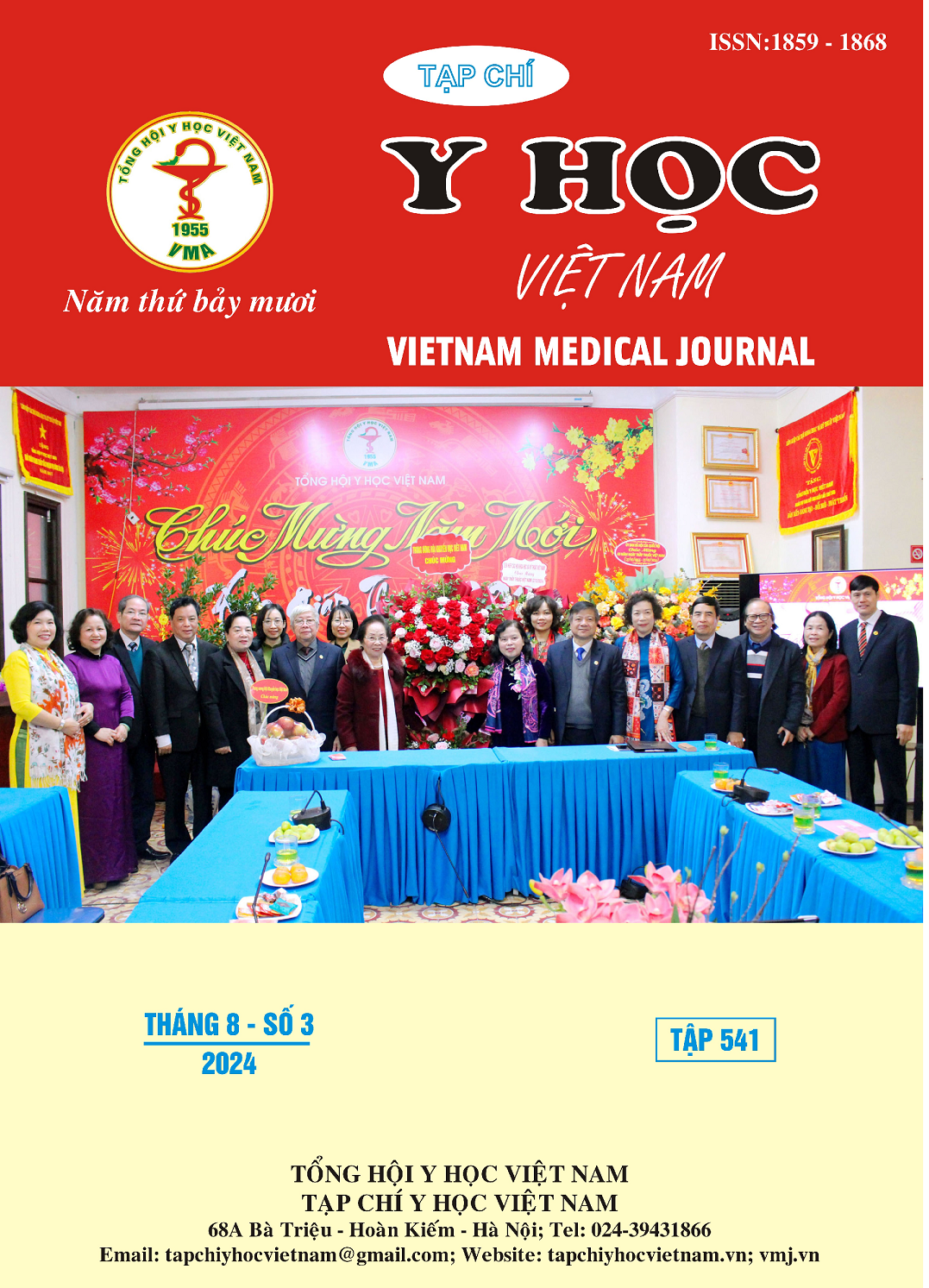THE SITUATION OF DEMENTIA IN THE OLDER ADULT POPULATION AT TWO COMMUNES OF CAU NGANG DISTRICT, TRA VINH PROVINCE
Main Article Content
Abstract
Background: Dementia is a common health problem among older adults. Despite dementia is also a common cause of hospitalization, loss of independence and reduced quality of life, the research on this issue in Vietnam, especially in the community setting, is still limited. Objectives: This study aimed to assess the prevalence of dementia and factors related to dementia in people aged 65 years and older in two communes of Cau Ngang District, Tra Vinh Province. Methods: Descriptive cross-sectional study, conducted on older adults (≥ 65 years old) with permanent residence in two communes Vinh Kim, Thuan Hoa of Cau Ngang District, Tra Vinh Province. The diagnosis of dementia was made in two stages: screening and diagnosis. The MMSE scale was used for the screening stage (cut-off scores were < 24 for literate participants and < 18 for the illiterate participants). The diagnosis stage followed the DSM-5 criteria. Multivariate logistic regression analysis was used to investigate relationships of dementia-related factors. Results: The study included 334 older adults, with mean age of 71.3 (65-93). The prevalence of dementia diagnosed using the DSM-5 was 14.1%. The group ≥ 80 years old was related to dementia with OR = 18.4 (95% CI: 4.8– 70.3), p < 0.001 compared with the group 70-79 years old. Education level classified as illiteracy was related to dementia with OR = 3.3 (95% CI: 1.4 – 7.9), p = 0.006. The group with a history of stroke related to dementia with OR= 7.7 (95% CI: 2.1 – 28.5), p = 0.002. Conclusions: The prevalence of dementia diagnosed as DSM-5 criteria was 11.4%. Factors associated with dementia were older age, education level and history of stroke.
Article Details
Keywords
Dementia, older adults.
References
2. Trần Kỳ Hậu, Đoàn Vương Diễm Khánh. Tỉ lệ sa sút trí tuệ và các yếu tố liên quan ở người cao tuổi tại thành phố Quy Nhơn tỉnh Bình Định năm 2017. Tạp chí Y học cộng đồng. 2015;37. tr 141 - 147.
3. Cao Mạnh Long, Hồ Thị Kim Thanh, Trần Khánh Toàn. Giá trị của trắc nghiệm đánh giá trạng thái tâm thần tối thiểu (MMSE) trong sàng lọc sa sút trí tuệ ở người cao tuổi tại cộng đồng. Tạp chí nghiên cứu Y học. 2022;149(1):pp. 229 – 236.
4. Lê Văn Tuấn. Đặc điểm dịch tễ học sa sút trí tuệ ở người cao tuổi tại hai quận, huyện Hà Nội. Luận án Tiến sĩ Y học. Viện Vệ Sinh Dịch Tễ Trung Ương, 2014
5. Khanh DVD, Van Thang V, Dung H, BinhThang T. Prevalence of dementia among the elderly and health care needs for people living with dementiain an urban community of central Vietnam. Vietnam Journal of Public Health-www vjph org. 2015;3(1).
6. Jia L, Du Y, Chu L, et al. Prevalence, risk factors, and management of dementia and mild cognitive impairment in adults aged 60 years or older in China: a cross-sectional study. The Lancet Public health. Dec 2020;5(12):e661-e671. doi:10.1016/s2468-2667(20)30185-7
7. Peters R. Ageing and the brain. Postgrad Med J. Feb 2006;82(964):84-8. doi:10.1136/pgmj.2005. 036665.
8. Nguyễn Ngọc Hòa. Nghiên cứu tỷ lệ hiện mắc và một số yếu tố liên quan đến sa sút trí tuệ ở người cao tuổi tại huyện Ba Vì tỉnh Hà Tây. Y học thực hành. 2009;Số 5:26-28.


